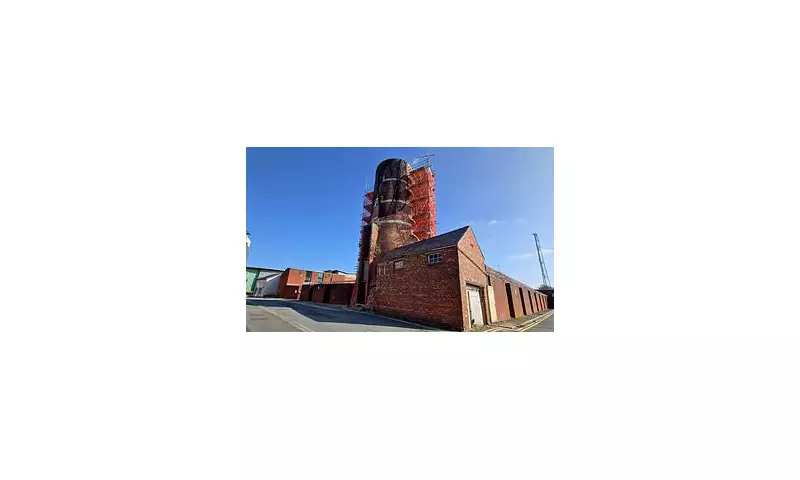
A fierce battle is brewing in the picturesque Sussex countryside as controversial plans emerge to convert a historic Grade II listed windmill into a luxury private residence, sparking outrage among local residents and heritage conservationists.
Victorian Heritage Under Threat
The distinctive windmill, dating back to the 19th century and standing as a beloved local landmark for generations, now faces radical transformation under new development proposals. The ambitious conversion plan would see the historic structure, originally built for industrial milling purposes, completely repurposed as an exclusive dwelling.
Local Outrage and Conservation Concerns
Local residents have expressed profound dismay at the proposed changes, with many describing the plans as "cultural vandalism" that threatens to erase an important piece of Britain's industrial heritage. Conservation groups have joined the chorus of disapproval, arguing that such conversions undermine the very purpose of listed building protection.
"This isn't just about preserving bricks and mortar," one concerned local historian told reporters. "It's about maintaining the tangible connection to our industrial past and ensuring future generations can appreciate these remarkable structures in their proper context."
The Planning Battle Ahead
The proposed conversion has ignited a complex debate about balancing property rights with heritage preservation. While the current owners argue the conversion would secure the windmill's long-term future through sensitive adaptation, opponents counter that some historic buildings should remain untouched as working monuments to Britain's industrial legacy.
Planning authorities now face a difficult decision, weighing the benefits of bringing a disused building back into habitation against the potential loss of historical authenticity. The case has drawn attention to similar battles occurring across the UK as pressure grows to find new uses for historic structures.
Broader Implications for UK Heritage
This controversy reflects wider tensions in heritage management across Britain, where thousands of listed buildings require ongoing maintenance and adaptation. The windmill's fate could set an important precedent for how local councils approach similar conversion applications for other historic industrial structures.
As the planning process moves forward, all eyes remain on this Sussex landmark, with heritage campaigners vowing to fight what they see as an alarming trend of converting historically significant buildings into luxury properties that lose their original character and public significance.





